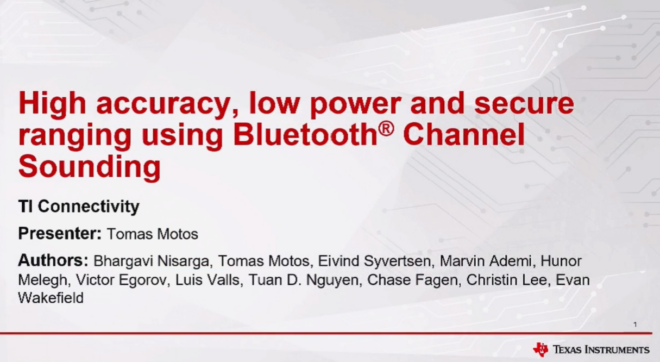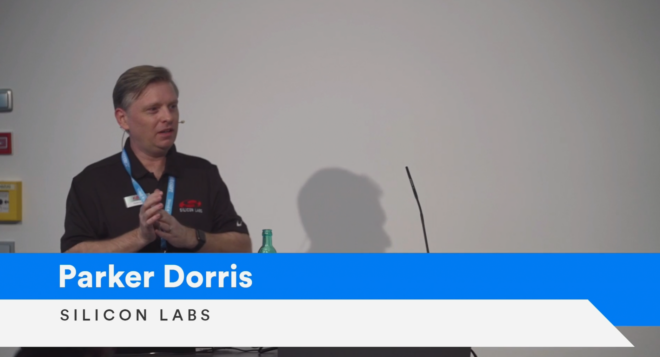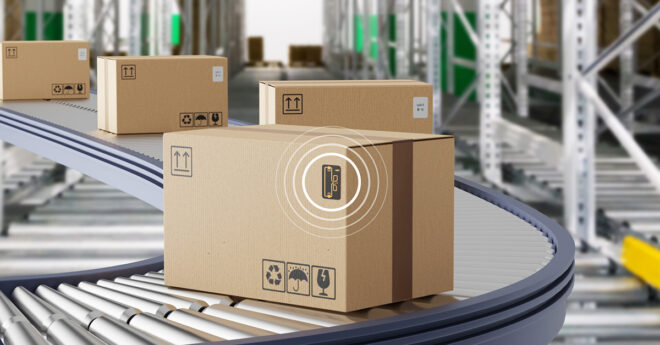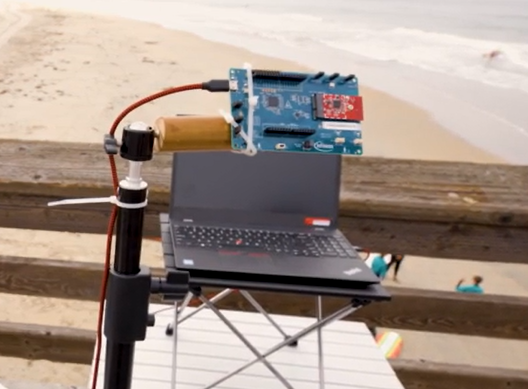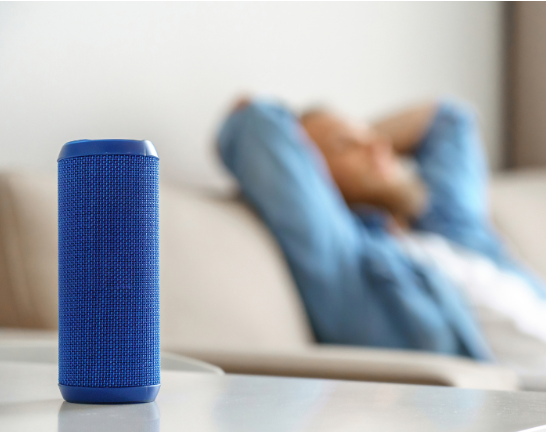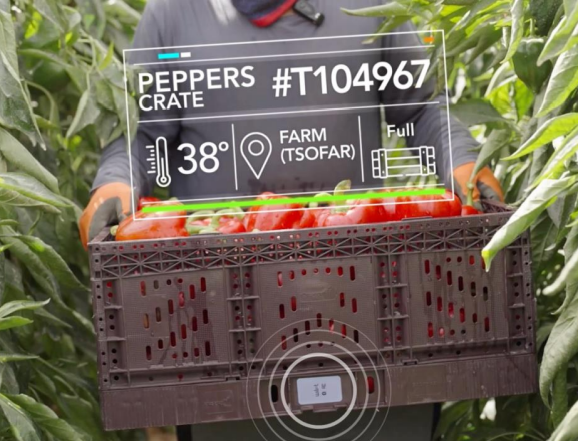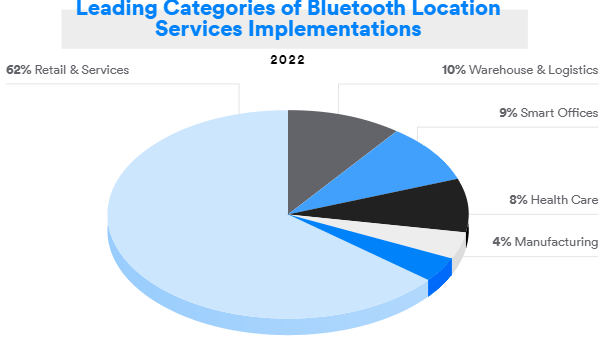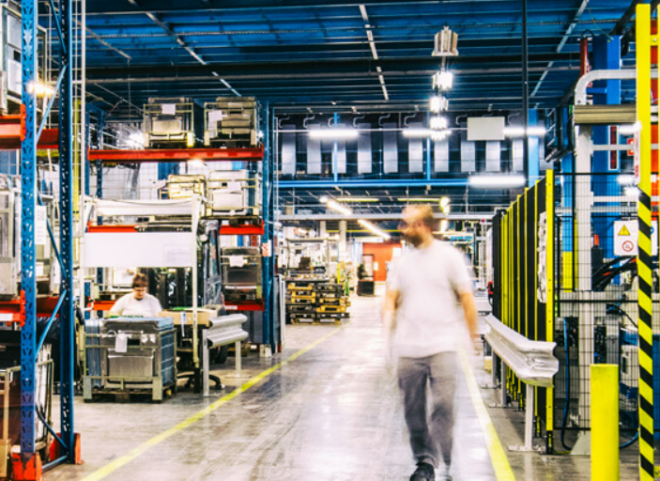A global innovator of indoor location services, Kontakt.io serves more than 2,000 customers across diverse industries, leveraging Bluetooth® technology to help better connect people, locations, and things. I recently had an opportunity to speak with Kapil Asher, director of enterprise healthcare IoT solutions for Kontakt.io about how the pandemic has dramatically shifted the way we think about using technology in healthcare environments and how Kontakt.io is working to solve emerging challenges in healthcare spaces.
Q&A with Kapil Asher, Director of Enterprise Healthcare IoT Solutions at Kontakt.io
How did you overcome the shutdowns and restrictions COVID-19 necessitated last year to implement solutions for your healthcare facility customers?
To fight back the spread of COVID-19, hospitals last year used the policy of allowing only essential workers to enter the campuses. This posed some challenges in deploying indoor location services systems as technicians trained on installing specific hardware devices were not allowed on premise. Kontakt.io responded with a product design philosophy that did not require certified, trained technicians to do the physical installation. We adopted the principles of consumer electronics and DIY within our enterprise-scaled solutions that enabled customers to simply open the box and follow three quick steps to install and operate our devices without any special training.
“Bluetooth® technology breaks the shackles of monopolism by being one of the most widespread sensor communication protocols developed on open standards.”
What have been the biggest barriers to implementing technology in healthcare?
The biggest barrier to implementing indoor IoT/location services in healthcare is monopolistic, proprietary system costs. Such systems lock healthcare customers into a single vendor’s product portfolio as they are not open to integrating with other sensors in the market. This monopolism also allows them to maintain higher price points on hardware that lacks innovation velocity and out-of-the-box thinking. Since traditional location services are expensive, their market penetration has stagnated to about 20-30 percent. Kontakt.io believes location services should be affordable for all tiers of the healthcare industry.
Bluetooth® technology breaks the shackles of monopolism by being one of the most widespread sensor communication protocols developed on open standards. As long as the hardware has a Bluetooth chipset, it can communicate with other hardware without the need of heavy integration and data interfaces. Democratizing this layer of the system makes the overall cost of ownership less expensive and more inclusive of newer sensors in the marketplace.
![]()
ON-DEMAND WEBCAST
Optimizing Healthcare Facilities Using Wireless Technology – A Case Study
In this on-demand webcast, leaders from Riverside Healthcare, Kontakt.io, and the Bluetooth SIG provide real examples of how medical device tracking, indoor navigation, space utilization, and other location services are helping healthcare facilities optimize their operations and improve the care they provide patients.
How does medical device tracking, indoor navigation, space utilization, and other location services help healthcare facilities optimize operations and improve patient care?
Medical Device Tracking

Medical device tracking helps Biomed/clinical engineering teams search for specific medical devices faster and stay on top of their preventative maintenance schedules. This helps with staying in compliance with the Joint Commission’s requirements and optimizing staff productivity.
It also improves visibility into mobile medical devices, which helps reduce the hoarding of devices by nurses. This improves overall utilization as devices are always put to work rather than hiding in a closet. As utilization increases, hospitals do not need to rent or buy new devices, eventually optimizing capital expenditure.
Patient Workflow Optimization
Tracking the real-time location of incoming patients provides data on patient flow through various stages of care. Using this data, hospitals can figure out gaps in their capacity to address the demand of patient influx. Adjusting workflows or adding resources can improve wait times and efficiently discharge patients with a better experience resulting in better H-CAP scores and reimbursements.
Patient tracking also optimizes the use of exam rooms and helps determine if additional space needs to be freed up to meet demand. On the other hand, if there is extra capacity, the hospital may increase appointments and add to top-line revenue.
Safety and Security
Medical staff have been attacked by patients or visitors for various reasons. Using a Bluetooth® wearable with a duress button can improve staff safety significantly. Bluetooth wearables can also help avoid wandering patients and elopement, causing an unknown situation that could put a patient’s life in danger.
What has been the response in the medical industry to the new implementations?
“The health systems have been pleasantly surprised to learn the total cost of ownership associated with a Bluetooth® based indoor location/IoT system.”
The response has been extremely positive. The health systems have been pleasantly surprised to learn the total cost of ownership associated with a Bluetooth® based indoor location/IoT system. There is a fresh outlook in the medical industry as there are options to create a custom solution that fits a specific niche use case using open-source devices from multiple vendors.
Can you tell us a little about the small wearable tag Kontakt.io recently released?
Historically, RFID tags have been too large and costly to be truly disposable, limiting their use to cases such as hospital visitor trackers. For patients, there are fewer obstacles since tags are used for a greater period and can be more easily retrieved.
Addressing size and unit cost limitations of older generation RFID tags, Kontakt.io has launched Nano Tag – an incredibly small Bluetooth® LE, disposable, wearable tag, measuring only 0.9 x 0.7. 0.3 in and weighing 0.07 oz.
Nano Tag makes it possible for end users to deploy truly disposable beacons in a wearable form factor that makes a host of new use cases and applications possible. Kontakt.io’s open API-First delivery architecture coupled with Bluetooth technology’s open wireless standard will rapidly increase the adoption of advanced use cases in healthcare.
Healthcare facilities can gain benefits resulting from automating workflows that improve patient flow. We can now accelerate the adoption of digital front doors, enhance in-room experience via interactive digital whiteboards, and prevent dangerous situations related to patient elopement and wandering. Since this device is fully integrated with modern WiFi access points with Bluetooth technology, hospitals do not need to undertake a heavy investment in infrastructure, making these use cases available not only to the top 20 percent of facilities but across all tiers of the industry.
Being disposable, hospital staff do not have to worry about reprocessing the tags between multiple patients, sanitizing tags and decommissioning them in the software. Elimination of these steps makes the process more efficient and less prone to errors.
How can this type of Bluetooth implementation be transferred to other industries?
The Bluetooth® technology that supports the Nano Tag and similar tracking devices can provide benefits beyond the healthcare industry. For trade shows and large music and sports events, tags are used for crowd safety, emergency management, and support new use cases such as location-aware food services, find my friend, and other indoor-location experiences. In smart buildings, wearable lanyards and wrist tags make it possible to monitor visitor movements inside buildings, improving facility security and overall safety.
Check out this webcast, Optimizing Healthcare Facilities Using Wireless Technology – A Case Study, to learn more about how Bluetooth technology is being used to solve new challenges in healthcare spaces.
![]()
ON-DEMAND WEBCAST
Optimizing Healthcare Facilities Using Wireless Technology – A Case Study
In this on-demand webcast, leaders from Riverside Healthcare, Kontakt.io, and the Bluetooth SIG provide real examples of how medical device tracking, indoor navigation, space utilization, and other location services are helping healthcare facilities optimize their operations and improve the care they provide patients.

